Safety measures called for at Simplon tunnel
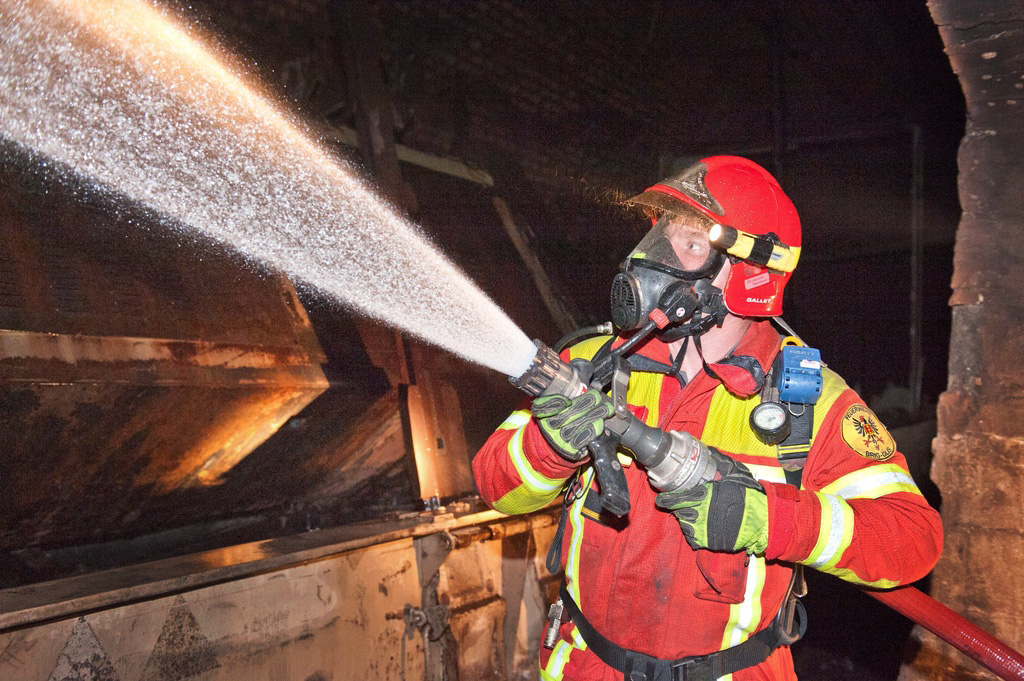
Train drivers in Switzerland are calling for stricter safety measures in the Simplon rail tunnel – a key north-south link between Switzerland and Italy.
They say the tunnel, almost 20 kilometres long and more than 100 years old, must be renovated soon, particularly after a goods train caught fire inside it on June 9.
The Swiss Association of Locomotive Drivers (VSLF) is calling on the Federal Transport Office to introduce a so-called emergency brake override to be able to get a train out of the tunnel in an emergency.
It is asking for electropneumatic brake (ep brake) and passenger alarm signals for passenger trains which travel through Swiss tunnels longer than 4km.
Only the Lötschberg base tunnel has a regulation which stipulates that all passenger trains must have this facility.
Decisive factor
With this device, a train driver can take his train through a tunnel, even if a passenger has pulled the emergency brake. In the event of fire, this is a decisive factor so that all passengers can be brought out of the tunnel in safety.
The pictures of the goods train fire in the Simplon remind Swiss Federal Railways locomotive driver Hubert Giger, who is also president of the VSLF, of the responsibility that drivers have in the cab.
“They remind you to take care, particularly when travelling in a tunnel,” he told swissinfo.ch. “It’s a kind of warning to carry out correct procedures so that nothing can possibly happen.”
Giger doesn’t really feel insecure after the accident in the Simplon. “A locomotive driver must feel confident about the technology and he must be able to trust the signals and regulations. That’s how railways work. Fear is not a good thing when you’re working in the cab.”
Asked how he feels when driving a goods train through a long tunnel, Giger says: “You are alone in the cab. You’re responsible for the train. Whether you’re pulling passengers behind you or goods. You have to pay attention to the signals and the regulations.”
Anxieties
Giger says that when transporting dangerous goods, the driver is conscious of the risks.
But with a goods train, rescue operations, hazards and instability are easier to manage because the driver doesn’t have to worry about passengers. “Because of that when there’s a problem, a train driver is a bit more relaxed with a goods train than with a passenger train.”
After the goods train fire, Swiss Federal Railways are looking into whether certain repairs can be carried out during forthcoming maintenance work.
The approval of the Federal Transport Office is expected this autumn. The work, which will cost an estimated SFr135 million ($159 million), is expected to be completed in 2014.
The renovation is above all meant to increase safety. By building connecting galleries, the evacuation possibilities for train passengers will be increased in the event of emergency.
Smoke damage
Cables, lighting and ventilation also have to be renewed. According to Swiss Federal Railways spokesman Christian Ginsing, the Simplon smoke damage would not have been prevented by a new ventilation system.
If a fire breaks out, a rapid brake system would take over and you cannot travel on. That has little to do with the technical equipment inside the tunnel, locomotive driver Giger says.
As far as tunnel security in Europe is concerned, Switzerland is not behind other countries. In Europe, the underground railways and in the Channel tunnel from France to England there are very high security regulations.
“Switzerland is a little special in the sense that we have long tunnels and these are old and dark. As a result the time has come to implement the security measures we’ve demanded and introduce the emergency brake override in long tunnels,” Giger said.
Lighting and signposting are also important to show if there is a footpath or whether people have to walk on the tunnel ballast, he says.
“The old tunnels are very narrow. But more importantly, it’s vital that you can travel on in the event of a fire.
“If you’re walking in a tunnel when there is a fire and there are no safety side tubes you don’t stand a chance,” Giger said.
“Catastrophic”
Statistics show a train is more safe when it travels in a tunnel than outside it. “But when it comes to a fire, it’s catastrophic, as the Simplon fire quite clearly showed.”
Rail traffic through the Simplon tunnel is almost back to normal because there is a crossover point, so that trains do not have to pass the point at which the fire occurred.
However, the bore which has been damaged by fire will not be back in full service for months because of repair work.
The blaze was possibly caused by a badly-tied covering of the goods waggon that caught fire in the tunnel. It’s being investigated whether this cover touched the overhead electric wires and sparked the fire.
“As long as the exact cause of the fire is not known, we do not know who will pay for what,” commented the CEO of Swiss Federal Railways, Andreas Meyer.
The scene of the fire was on Italian territory, the burning goods train belonged to the BLS railway and the goods belonged to third parties. The Simplon tunnel belongs to Swiss Federal Railways.
Simplon I bore is 19.803 kilometres long (9.068km on Swiss territory).
Simplon II bore is 19.823 km (9.089km on Swiss territory).
The centre of the tunnel, which runs south of Brig in canton Valais to Iselle in Italy, is 2,100 metres below the surface.
The temperature inside is around 30 degrees.
Tunnel “inhabitants” include numerous crickets and an army of mice.
The first passenger train passed through Simplon tunnel I on January 25, 1906, but it was not until May 19 that year that it was officially inaugurated.
Present at the festivities were King Victor Emanuel III of Italy and the Swiss president Louis Forrer.
One anecdote says King Victor Emmanuel shook hands with many workers, one of whom was so proud that he is supposed never to have washed his hands afterwards.
Train operations began in Simplon tunnel II on October 16, 1922.
(Adapted from German by Robert Brookes)

In compliance with the JTI standards
More: SWI swissinfo.ch certified by the Journalism Trust Initiative
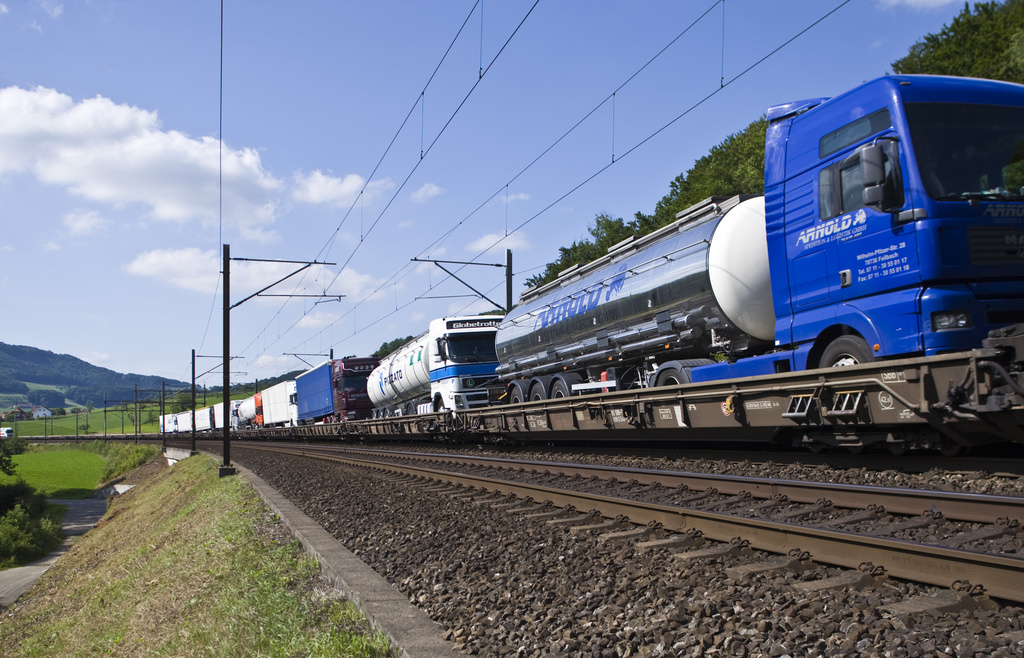
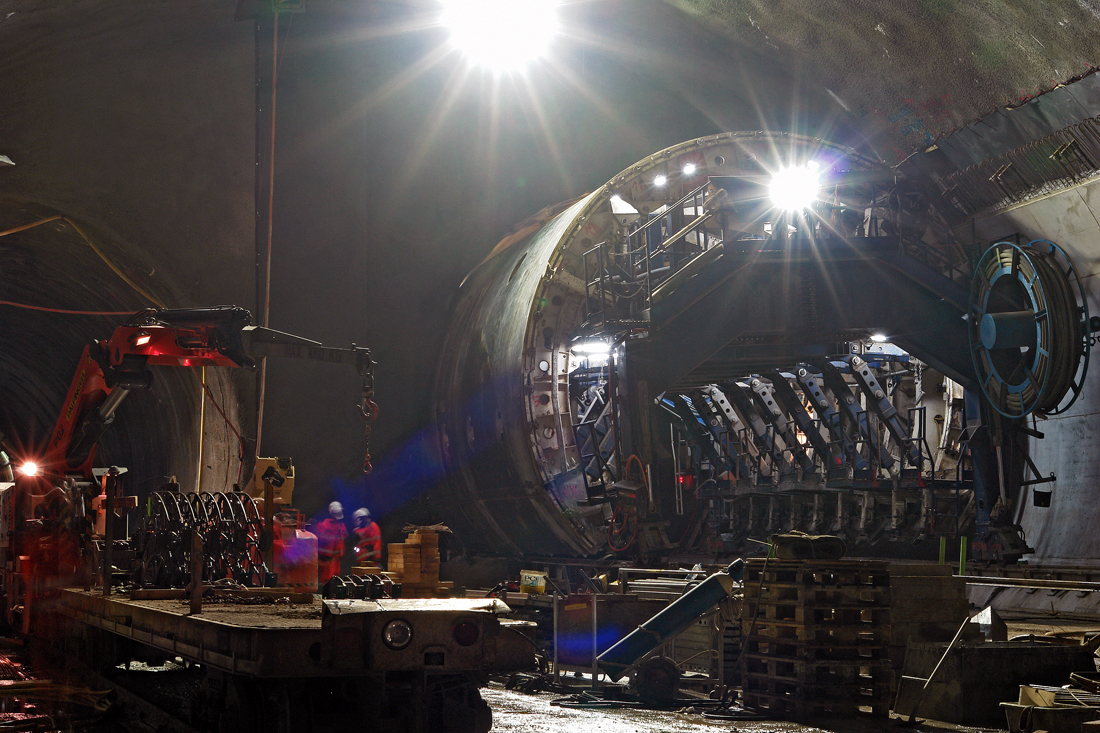
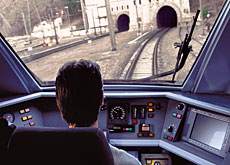
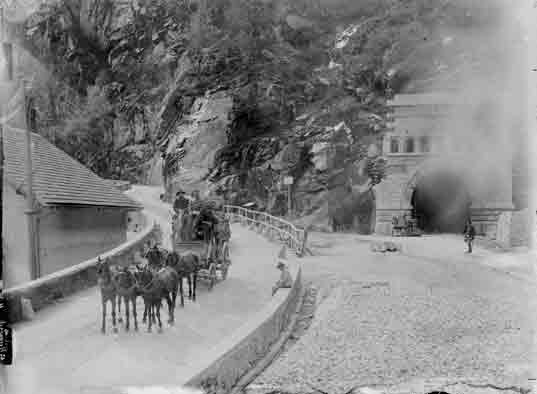
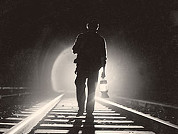
You can find an overview of ongoing debates with our journalists here. Please join us!
If you want to start a conversation about a topic raised in this article or want to report factual errors, email us at english@swissinfo.ch.